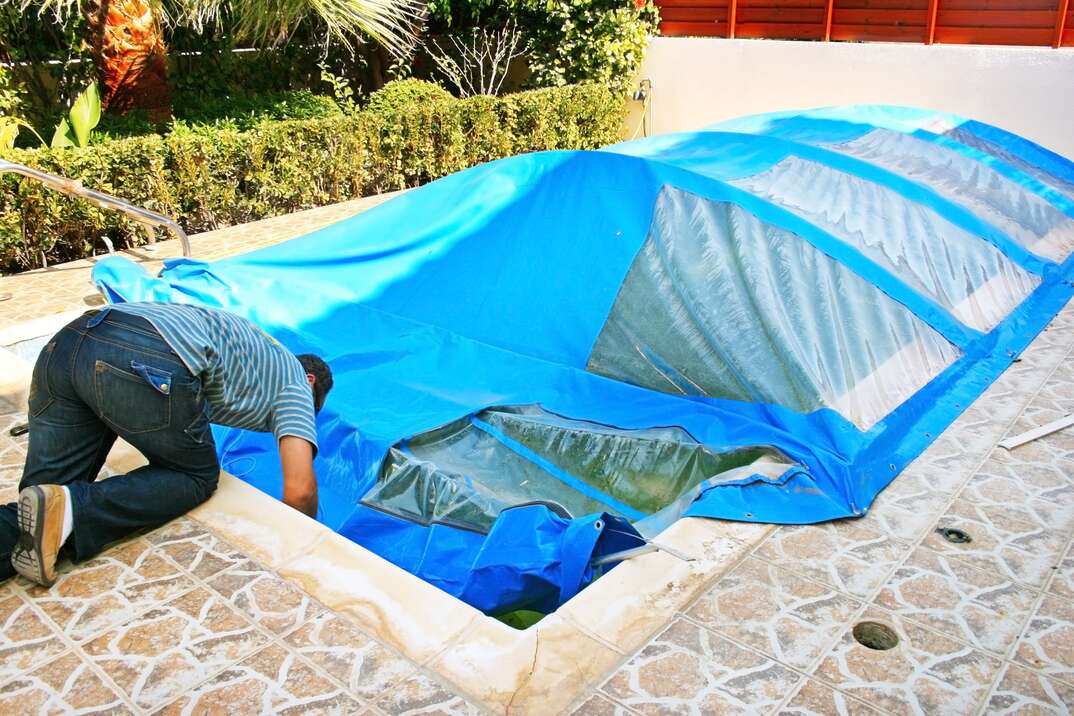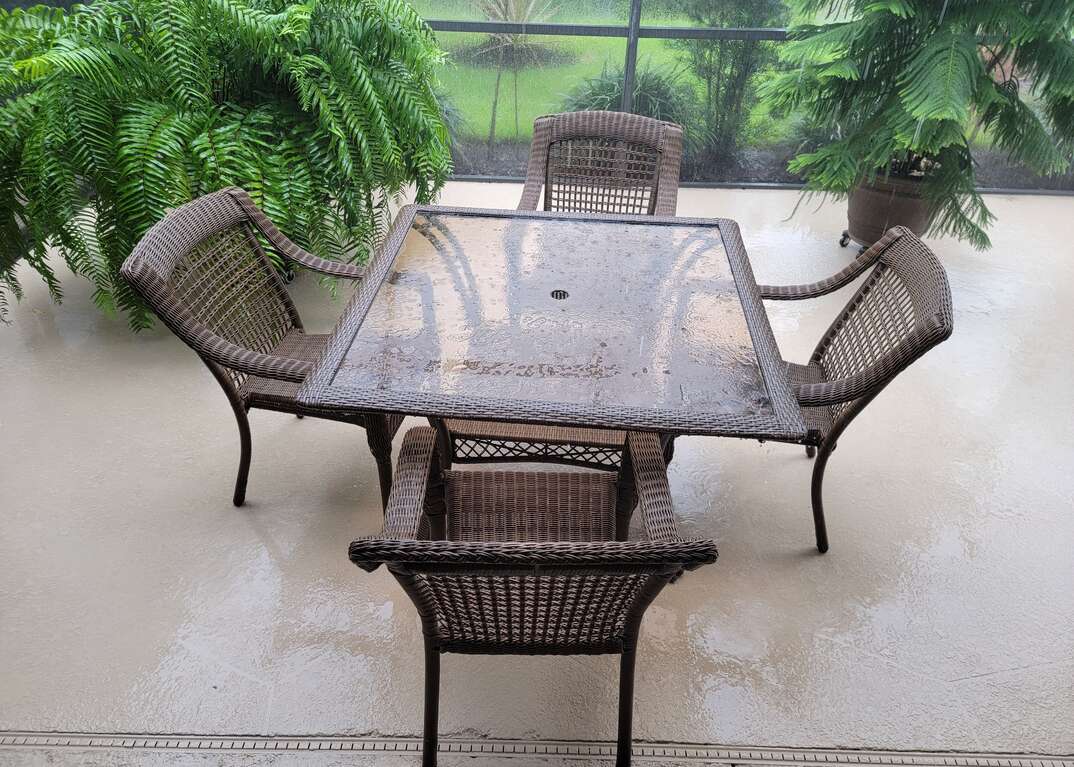How to Protect Your Home During a Surprise Freeze

If you live in an area that doesn’t get cold weather often or winter has already ended, a sudden freeze can catch you off guard. It’s important to prepare your home for these types of situations. Otherwise, you can end up spending money on expensive repairs.
This May Also Interest You: 5 Tips for Dealing With Wet, Heavy Snow
A sudden freeze can cause problems like ice dams and broken pipes that lead to issues like water damage, damaged roofing and a multitude of other issues. Preparing your home in advance can have its payoffs, but these regular maintenance tasks can also be used as stopgaps if you know a big temperature drop is in the forecast. Here are some ways you can protect your home in the case of a surprise freeze.
Insulate Your Pipes
Insulating your pipes is the best way to prevent them from bursting. Even before winter arrives, this is something you need to be doing. Pipes located in your garage, home exterior or away from the heat in your house are at a much higher risk of bursting.
There is more than one way you can insulate your pipes. The most common way is to wrap it up first with an insulation strip and add duct tape to keep it together. Then, simply add foam pipe sleeves.
Insulating water pipes isn’t just a cold-weather task either. When you insulate cold water pipes, it also helps reduce condensation, which causes them to sweat. If you have a particularly humid basement, it’s one way to minimize the humidity levels. Insulating hot water pipes helps keep the water warm, so it also provides you with warmer water for those who like to take hot showers.
Clean Gutters
One of the most critical times to clean your gutters is when it’s cold out. Ice dams can be quite harmful to your roof, and clogged-up gutters are one of the leading causes of ice dams. An unexpected snowstorm followed by snow-melting temperatures can cause snow to turn into water and be led away by the gutters.
If your gutters are clogged up with debris, it prevents the water from flowing away and leading to build-up. This build-up then turns into ice damns. These ice dams can get quite heavy, which can damage your gutters, loosen shingles and further damage your roof.
Apart from the damage caused to your gutters and roof, the leftover moisture can eventually make its way into your home, leading to a bad water leak.
Cover Outdoor Faucets
There are many ways that cold air can make it into your plumbing system, and one of the most common ways is through outdoor faucets. While insulating pipes can help keep them from bursting, it doesn’t hurt to add covers to our outdoor faucets to keep freezing air out.
You should start by removing and draining out the hose and the faucet itself. You can find outdoor faucet covers or freeze caps, as they’re also commonly referred to at most hardware stores. This simple solution can save you from an expensive plumbing repair down the road.
More Related Articles:
- How Much Is Too Much? Here’s a Guide to How Much Snow Your Roof or Deck Can Hold
- This Winter, Plow Your Own Driveway. Use This Guide to Get Started
- Your Definitive Guide to Shoveling Snow
- How Much Do Snow Removal Services Cost?
- Digging Out: 6 Things Homeowners Should Do Right After a Blizzard
Seal Cracks
Old windows and doors may have small open spaces where cold air can seep in. Not only does the cold air cause your bills to go up as your heater has to work harder, but the cold can also cause any pipes in their close vicinity to freeze up.
To deal with the issue, it’s crucial to seal any old windows with caulking to cover up small holes. For larger areas, you can add foam sealant spray to both windows and doors. Ideally, this is something you have already done before winter even gets here.
In addition to keeping cold air outside and warm air inside your home, it also keeps pests from coming into your home.
Add or Repair Home Insulation
Apart from insulating your pipes, you also want to ensure that your entire home is well-insulated. It’s never a bad idea to check if you need to replace your insulation. You can always invest in a professional home energy assessment to find out exactly where to insulate or what issues you need to address.
Insulating areas where pipes might be located, like crawlspaces or the basement, is a great way to ensure you don’t run into any issues when a surprise freeze occurs.
Keep a Faucet Dripping
A surprising strategy to keep things from freezing is letting a faucet drip when it’s extremely cold outside. Allowing even a small amount of water to run through the pipes helps relieve pressure inside them and efficiently keeps the pipes from getting frozen.
One of the biggest mistakes people make and something to watch out for is not turning on the right faucet. You can’t just turn on any faucet — ideally, it should be the one farthest away from where the water enters. The goal is for the water to run through most of the plumbing system. The water cost of having a dripping faucet for a day or two is nowhere near the cost of repairing a broken pipe.
Locate Your Shut-Off Valve
In the worst-case scenario where a pipe bursts, you need to know exactly where your water shut-off valve is located. As the homeowner, you might know this already, but your family or anyone else who lives with you should also be aware of it. The faster you can stop the water, the easier the cleanup and lesser the water damage. Remember that to close a valve, you turn it clockwise. To open it, rotate it counterclockwise.


